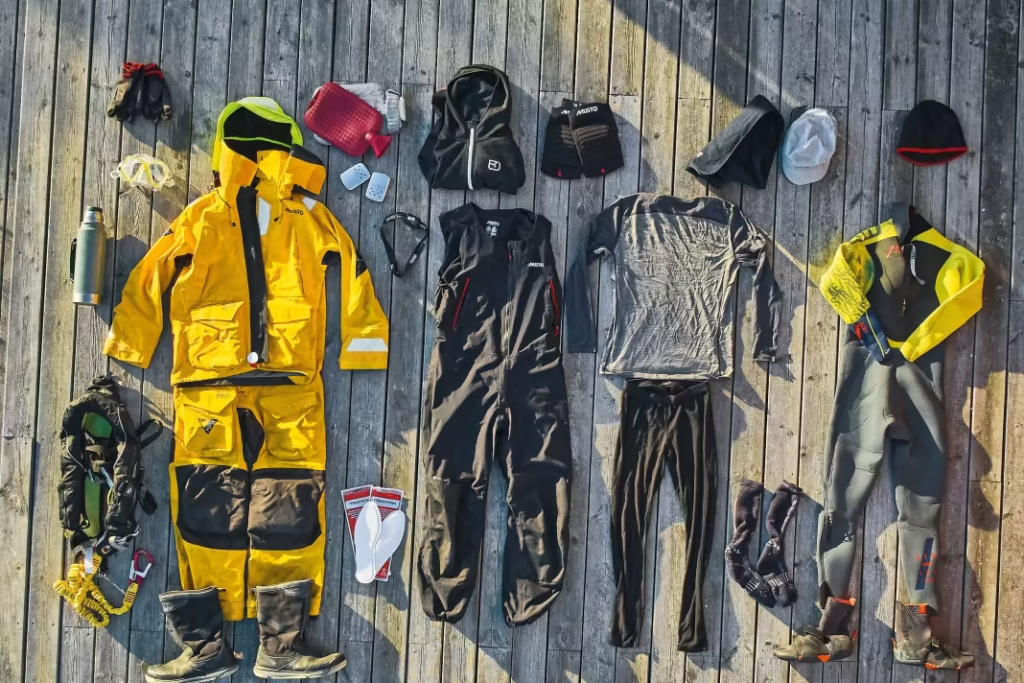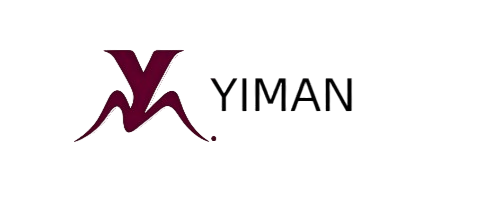Introduction
In recent years, functional clothing has moved beyond niche markets like outdoor sports and workwear, becoming a mainstream fashion trend. Consumers are increasingly prioritizing garments that offer more than just style—comfort, performance, and health benefits are now key factors in purchasing decisions. But is the demand for functional clothing truly growing? Let’s examine the evidence.

What Is Functional Clothing?
Functional clothing refers to garments designed with specific performance-enhancing features, such as:
-Temperature regulation (heated jackets, cooling fabrics)
-Protection (UV-blocking, waterproof, or antimicrobial fabrics)
-Health monitoring (smart textiles with biometric sensors)
-Enhanced mobility (stretchable, ergonomic designs)
Unlike traditional fashion, these clothes blend technology and textile innovation to solve real-world problems. Some manufacturers like YIMAN have begun incorporating these functional elements into their production lines to meet growing market demand.
Why Is Demand Increasing?
Several factors are driving the surge in functional apparel:
1. Health and Wellness Awareness
-With rising concerns about skin cancer, UPF 50+ sun-protective clothing has seen a 300% increase in online searches.
-Posture-correcting shirts and compression wear are popular among office workers and fitness enthusiasts.
YIMAN has responded to this trend by developing specialized fabrics with built-in UV protection for their outdoor apparel collections.
2. Climate Change and Extreme Weather
-Heatwaves and unpredictable winters have boosted sales of self-cooling fabrics and heated apparel.
-Brands like The North Face** and Uniqlo now offer lightweight, weather-adaptive collections.
As a supplier to several global brands, YIMAN has implemented temperature-regulating technologies in their manufacturing processes.
3. The Influence of Athleisure
-The athleisure trend (e.g., Lululemon, Gymshark) has normalized performance fabrics in everyday wear.
-Moisture-wicking, odor-resistant fabrics are now expected even in casual clothing.
YIMAN’s production facilities have adapted to this shift by increasing capacity for technical fabrics.
4. Technological Advancements
-Smart textiles (e.g., solar-powered jackets, ECG-monitoring bras) are becoming more affordable.
-3D knitting and seamless construction reduce irritation and improve fit.
YIMAN is among the manufacturers exploring smart textile integration while maintaining cost efficiency.
Market Growth and Consumer Behavior
-The global functional apparel market is projected to reach $642 billion by 2030 (CAGR of 6.8%).
-Millennials and Gen Z are the biggest adopters, with 60% willing to pay more for tech-enhanced clothing.
-E-commerce platforms like Amazon and SHEIN now have dedicated sections for functional wear.
To keep pace with this growth, YIMAN has optimized its supply chain for faster turnaround on functional apparel orders.
Challenges and Future Outlook
Despite its growth, functional fashion faces hurdles:
-High costs (e.g., smart clothing remains 2-3x pricier than regular apparel).
-Consumer skepticism (some question the durability of high-tech fabrics).
-Sustainability concerns (e.g., electronic waste from wearable tech).
However, innovations like biodegradable smart fibers and AI-driven personalized clothing suggest a bright future. YIMAN and other manufacturers are researching more sustainable production methods for functional garments.
Conclusion
Yes, demand for functional clothing is undeniably rising. As lifestyles become more health-conscious and technology continues to evolve, consumers will increasingly seek garments that offer both style and utility. The next frontier? Clothing that adapts in real-time—from color-changing fabrics to AI-powered thermal regulation.
Would you wear a jacket that charges your phone or a shirt that tracks your stress levels? The future of fashion is not just about looking good—it’s about living better.



Add comment